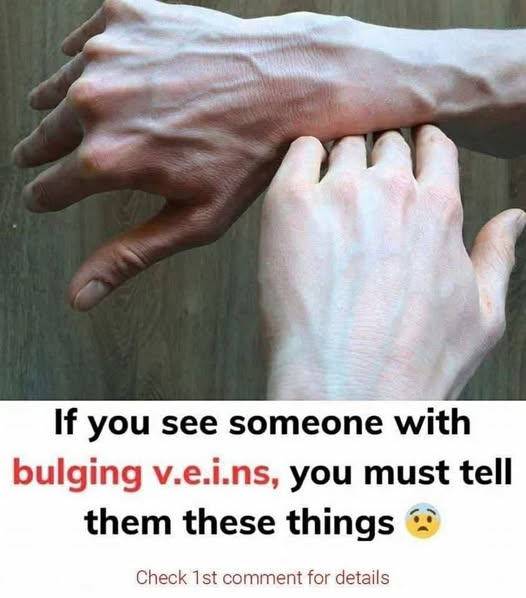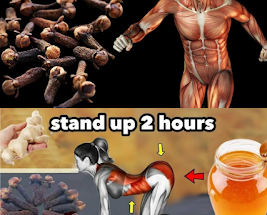
What Bulging Veins May Be Telling You
Bulging veins can be a surprising and sometimes unsettling sight, but they aren’t always a sign of danger. In many cases, they’re a normal part of how your body works. However, it’s important to understand the reasons they appear, so you can recognize when they might point to something more serious.
There are several common reasons veins become more visible or appear to bulge. One of the most frequent causes is exercise. When you work out, your muscles require more oxygen, which increases blood flow and causes veins to temporarily expand. For many people, especially athletes and bodybuilders, prominent veins are simply a sign of strong circulation and low body fat.
Aging is another major factor. As we age, our skin becomes thinner and loses elasticity, making veins more noticeable. In addition, the valves in our veins can weaken over time, causing blood to pool and veins to swell.
Heat exposure can also cause veins to bulge. Hot weather or hot showers dilate veins, making them more prominent. Similarly, tight clothing can restrict blood flow, forcing veins to work harder and become more visible.
Genetics play a significant role as well. If your family members have prominent veins, you’re more likely to have them too. Likewise, sun exposure over many years can thin the skin and damage vein walls, increasing their visibility. Being overweight can also contribute, as excess weight puts additional pressure on veins, particularly in the legs.
While bulging veins are often harmless, it’s important to watch for other signs. If you notice discoloration, pain, swelling, or if veins feel warm and tender, it’s time to consult a healthcare provider.
One of the most common medical causes of bulging veins is varicose veins. These are swollen, twisted veins that typically develop in the legs but can also occur elsewhere, like the arms. According to the Cleveland Clinic, varicose veins happen when vein walls weaken or valves become damaged, causing blood to pool rather than flow smoothly back to the heart.
Varicose veins are more common in certain situations. Hormonal changes, especially during pregnancy or menopause, can increase the risk. Obesity, genetic predisposition, smoking, and spending long periods standing or sitting also raise your chances of developing them.
Treatment for varicose veins depends on their severity. Compression stockings can help improve circulation and reduce swelling. Elevating the legs, particularly at the end of the day, can also provide relief. In some cases, doctors may recommend sclerotherapy (injection treatment that closes the vein), laser treatments, or even surgical removal of severely damaged veins.
If left untreated, varicose veins can lead to complications. One serious issue is venous ulcers, open wounds that typically form around the ankles and can be slow to heal due to poor blood flow. Other risks include blood clots, which can lead to conditions like deep vein thrombosis (DVT) — a potentially life-threatening clot that forms deep in the leg — or pulmonary embolism, where a clot travels to the lungs.
Although you can’t always prevent varicose veins, you can lower your risk by staying active, avoiding prolonged periods of sitting or standing, maintaining a healthy weight, and quitting smoking. Wearing loose clothing, especially around your waist and legs, also helps promote better circulation.
In short, while bulging veins may simply be a cosmetic concern or a normal response to activity and heat, they can sometimes signal more serious vein or circulation issues. Paying attention to associated symptoms and making lifestyle adjustments can help keep your veins — and your overall health — in better shape.




